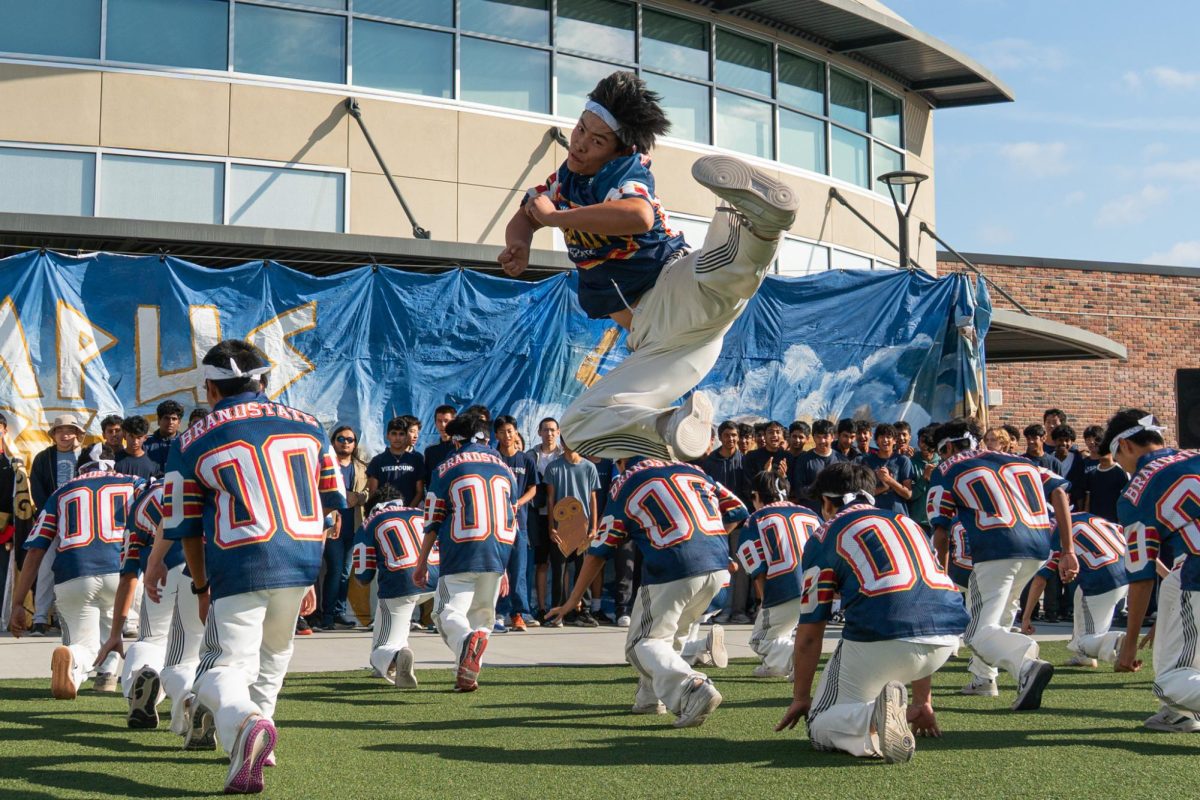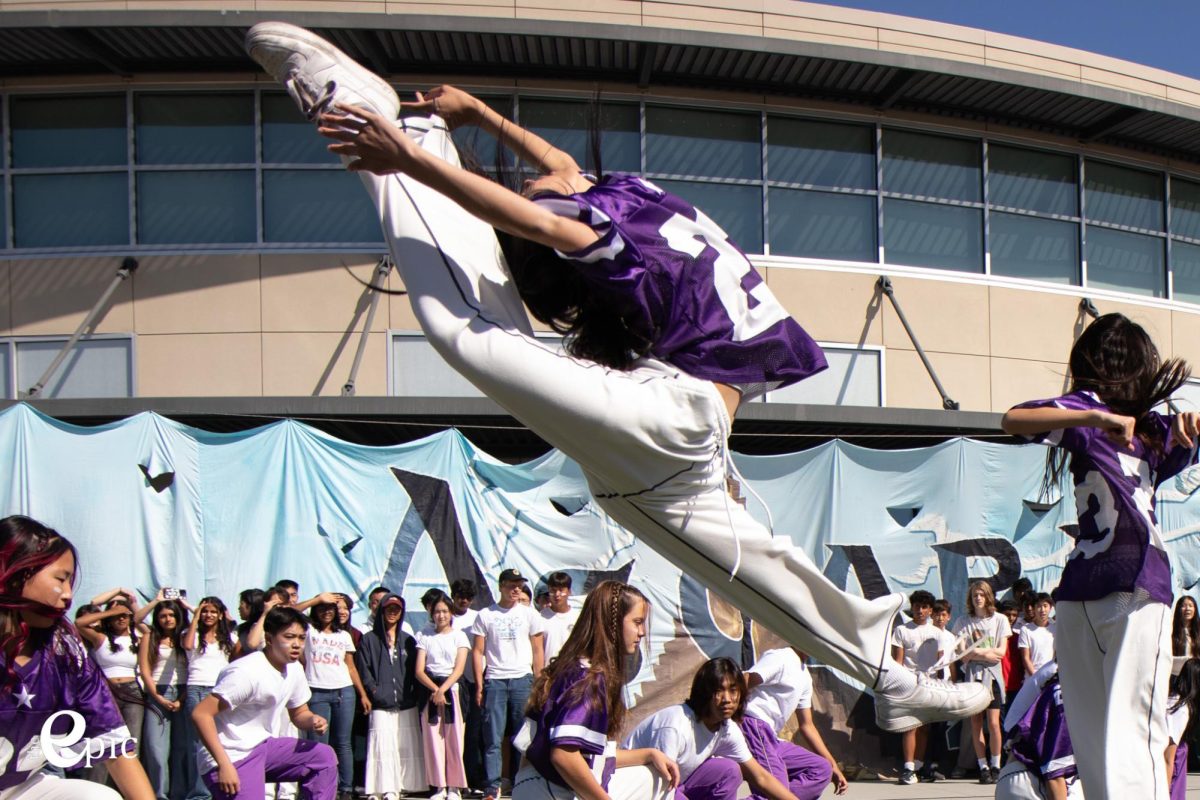Spiritual influence in the modern world
An investigation into the origins of religious decline
March 30, 2017
Whether it develops an individual’s core values or initiates wars, religion has always had an enduring influence on people’s lives. In today’s society, religion represents hope and guidance for some and an expression of antiquated beliefs for others. It offers a sense of community but also potentially propagates hateful comments against outsiders. In America and other European countries, however, religious importance has been declining over the years, with secularism rising rapidly. This decline can be attributed to several factors, from the comfort of being unaffiliated with a certain religion to outdated religious beliefs to scandals within religions.
According to the U.S. Religious Landscape Study in 2014, Americans who identify as religiously unaffiliated has increased by 19 million since 2007, while adults who identify as Christian have declined by 5 million.
“Now there’s also a sort of culture that has risen about liberty and freedom, doing your own thing,” said senior Grace Chu, who is Christian. “I think it’s more popular now to not have any religion and to just be atheist, while before some people who weren’t as devoted [to religion] just labeled themselves as Christian.”
Pastor Yuji Ogura of the Home of Christ 5 Church believes that this decline may also be a result of the comfort that Americans have with not needing to decide what they believe in right now.
“There’s not a huge need to make up your mind on what you believe,” said Ogura. “For example, right after World War II, a lot of people had a lot of friends pass away, and the life and death situation was much closer to reality. Then, people came to faith or made up their minds at least. Now, it is okay to be undecided, and [one’s decision] wouldn’t really affect the way someone treated [them].”
The outdated beliefs and values of some religions are another reason behind the rise in secularism. People are now less likely to practice religious traditions, especially those that infringe upon personal freedom and expression. The pervasiveness of scientific thinking and modern technological advances has resulted in more people questioning arbitrary religious practices. A 2016 Pew Research Center study found that 49 percent of current religious “nones” who were raised with a certain religion indicate that a lack of belief led them to move away from religion. This includes many respondents who mention “science,” “common sense,” “logic” or a “lack of evidence” as the reason they do not believe in religious teachings.
“I know some beliefs in my religion, [Islam], don’t correlate with the modern advancements in science and the meaning of the universe, so that’s why I think people have shifted beliefs away from [Islam],” said freshman Zainab Nasir.
Scandals and other negative perceptions of certain aspects of a religion further contribute to a decrease in membership to traditional religions. Stories about Catholic sexual abuse scandals, as depicted in the Academy Award winning movie “Spotlight;” Islamic radicalism, perpetrated by several terrorist attacks; and Jewish-Palestinian conflicts have become ubiquitous, which can emphasize beliefs that religious groups may be intolerant, repressive, judgmental or cruel.
“Much of this [religious decline] has to do with challenges from the main religious traditions and them not really adapting to current times,” said Dr. Thomas Plante, director of the Spirituality and Health Institute at Santa Clara University and author of over 13 books on religion and spirituality. “Scandals within many traditions, like clergy abuse among the Catholics, have made an impact such that many people move away from traditions that have been embarrassed or seem more irrelevant.”
Religious decline is most prominent among younger groups. According to the 2014 U.S. Religious Landscape Study, only 40 percent of the 18-29 age group say that religion is very important in their lives, compared to 58 percent in older age groups. According to another study published in the scientific journal PlosOne in 2015, twice as many high school seniors and three times as many college students described their religion as “none” in 2014 as compared to 1980.
“One of the tasks of adolescent development is to formulate your own thinking about things,” said student advocate Dawn Bridges. “It’s a time of gaining lots of information, gaining a wider perspective and hearing different views. Adolescents now have the ability to be much more critical and analytical, and it is a time of questioning things that they had previously just accepted at face value.”
Many teenagers and young adults also stray from the religion they were raised with as they start to form their own beliefs and moral values. According to the 2014 U.S. Religious Landscape Study, 42 percent of American adults currently have a religious identity different from the one in which they were raised. The single largest destination of religious switching is the religiously unaffiliated. The group most negatively impacted by religious switching is Catholicism: for every convert to Catholicism, more than six former Catholics convert to a different religion or become unaffiliated.
“What I think is going through some students when they are growing up in their home is that even though they are definitely being taught these religious values, either they don’t see them in action in their parents’ lives, or they don’t see them in action in their own life,” said Ogura. “They don’t see how these ideas are applicable, either in their parents or in themselves.”
While it is apparent that the popularity of religion, in the traditional sense, is in decline, people are becoming more spiritual in other ways. Those who identify as spiritual but not religious disagree that organized religion is the best way to further spiritual development. Spirituality emphasizes the well-being of the spirit, while religion focuses on loyalty to institutions. According to the 2014 U.S. Religious Landscape Study, about 60 percent of adults now say they feel a deep sense of spiritual peace and well-being at least once a week, up seven percent since 2007. 46 percent of adults also say they feel a deep sense of wonder about the universe on a weekly basis. This stark contrast between the changing popularity of religion and spirituality can be explained by the evolving choices that people make in regard to these concepts.
“What many people seem to be embracing is the individualistic and do-it-yourself style of spirituality while avoiding much that is dogmatic or rule-based that comes from the traditional religious traditions,” said Plante. “In a nutshell, mindful meditation and yoga are ‘in’ while church is ‘out!’ Many people seem to seek out transcendence, connection with the eternal, and spirituality but avoid anything to do with the traditional religious organizations.”
In order to combat this religious decline in recent years, religious organizations are beginning to adapt to modern cultures. Several religions have have adapted their beliefs because of novel scientific discoveries and and an increasingly secular society. Many Christian and Jewish churches, for instance, have expanded their beliefs to become more tolerating and accepting toward various groups such as women and the LGBTQ community.
Nevertheless, with secularism gaining popularity in the West, more people are turning from the teachings and values of religion, and are instead relying on science and concrete facts for guidance. As old traditions are broken and new identities are formed, it may be difficult to predict the overall state of religion in the United States over the next few decades.



































































